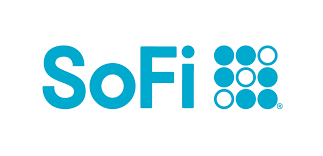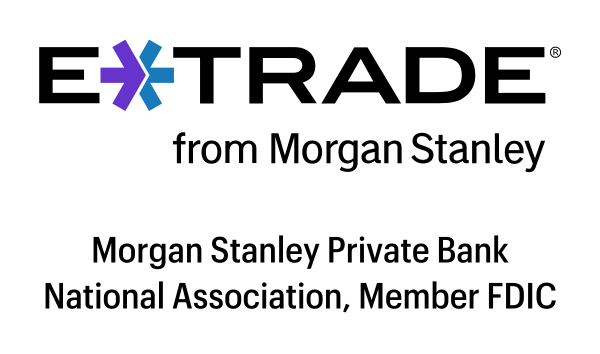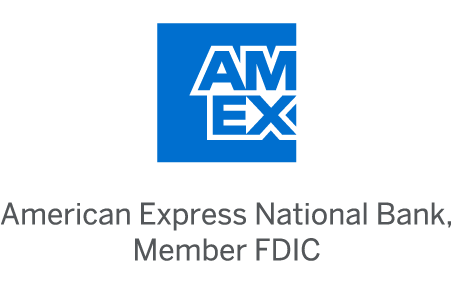Cons of high-yield savings accounts
Here are some of the drawbacks to opening a high-yield savings account.
Fluctuating rates
APYs can change over time. Sometimes this is good news, and sometimes it's not.
That's why it's tough to predict how much you'll actually earn in interest in a given year. If the Federal Reserve reverses course on interest rates, then HYSA rates will probably follow.
Withdrawal limits
All savings accounts used to charge customers fees if they made more than six monthly withdrawals. (This was mandated by a federal law known as Regulation D.)
The government waived this at the start of the COVID-19 pandemic and has yet to reinstate it. But some banks still haven't changed their ways.
As a result, you could face penalties if you frequently move money out of your savings account. Search your bank's website or contact a representative to check the bank's policy on withdrawal limits.
Minimum balance requirements
Some high-yield savings accounts have minimum balance requirements, meaning you must maintain a certain balance to get the best interest rate.
For example, if an account requires you to deposit $5,000 to earn a premium rate, but your deposits only total $3,000, you'll earn a lower-than-advertised rate.
Some institutions may also require you to meet minimum deposit requirements, such as depositing $1,000 to open an account. Many of the top HYSAs don't require this.
Effort to withdraw money
Though it's typically easy to withdraw money from a savings account, banks sometimes require extra steps. Most savings accounts don't include checks, and only a few come with ATM cards.
To withdraw cash, you may have to transfer money to a checking account first. This can take a few days if your checking account is at another bank, making it hard to withdraw money quickly.
Lower returns than investments
High-yield savings accounts earn you more money than brick-and-mortar bank accounts do. But often, you still won't earn enough to keep up with inflation. Even though your account balance rises, your buying power decreases.
You can avoid losing buying power by investing your long-term savings in alternatives like the stock market. That way, you have the potential to build serious long-term wealth. In the same vein, money market accounts are best suited to short and mid-term savings.
Are high-yield savings accounts worth it?
A high-yield savings account is a good choice in the following circumstances.
Saving an emergency fund
Emergencies break down the door without warning, so you want to keep your emergency savings handy.
If you invest your emergency fund savings in the stock market, you could be forced to sell your investments at a loss if you need to use that money. But you won't have this problem with a high-yield savings account.
Short-term savings
Saving up to make a large purchase within the next five years? A high-yield savings account is a better home for your money than a brokerage account.
The stock market can be unstable in the short term. By sticking to a savings account, you ensure market swings won't eat money you need tomorrow.


